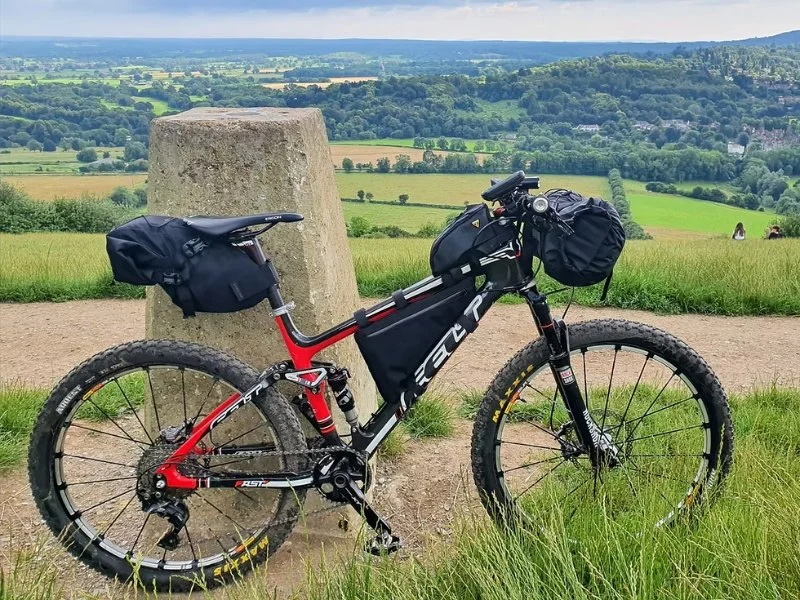
How to Build Your Own Bikepacking Route
- 1. Choose Your Destination
- 2. Plan Your Route Using Mapping Tools
- 3. Consider Terrain and Elevation
- 4. Think About Food and Water Sources
- 5. Ensure Safety and Emergency Plans
Building your own bikepacking route is one of the most rewarding parts of a cycling adventure. It allows you to experience the freedom of the open road while customizing your journey to suit your interests, whether it’s exploring hidden trails, discovering scenic landscapes, or pushing your endurance limits. Here’s how you can create a bikepacking route that suits your needs and interests.
1. Choose Your Destination
The first step in building a bikepacking route is deciding on your destination. Do you want to explore local terrain or venture into remote areas? Start by researching areas known for their bikepacking potential. Some popular destinations include national parks, mountain ranges, coastal routes, and wilderness areas. It's essential to pick a destination that aligns with your skill level, the time you have available, and your personal preferences, whether that’s a challenging mountain climb or a leisurely ride through scenic plains.
2. Plan Your Route Using Mapping Tools
Once you’ve chosen your destination, the next step is route planning. There are several bikepacking-specific mapping tools that can help you identify the best roads, trails, and tracks for your adventure. Websites like Komoot and Ride with GPS allow you to map out a route based on your preferences and provide elevation profiles, distance estimates, and details on road conditions. It's important to use tools that show off-road options if you're looking for an off-the-beaten-path adventure.
3. Consider Terrain and Elevation
One of the critical factors when planning your route is considering the terrain and elevation. If you're looking for a challenge, you might want to include mountain passes, gravel roads, or tough trails. On the other hand, if you’re a beginner or prefer a less strenuous trip, you may want to focus on flatter terrain and well-maintained roads. Be sure to account for the elevation changes as they can significantly impact your daily mileage and overall bikepacking experience.
4. Think About Food and Water Sources
When bikepacking, it's essential to plan for food and water sources along your route. Will there be towns or villages along the way where you can replenish supplies? Or will you need to carry everything with you? If you're venturing into remote areas, you’ll need to plan for where to refill water bottles or where to camp. Be sure to have water purification methods such as filters or purification tablets in case natural water sources are your only option.
5. Ensure Safety and Emergency Plans
Before embarking on your bikepacking adventure, it’s important to have safety measures in place. Share your route with a friend or family member, and make sure they know when you plan to arrive at specific destinations. It’s also a good idea to carry a GPS device, a first-aid kit, and a basic repair kit for any potential bike issues along the way. In remote areas, it’s especially important to have an emergency plan, including knowing the nearest hospital or emergency services available.
Building your own bikepacking route gives you the chance to craft an adventure that’s entirely yours. With the right planning and preparation, you can explore beautiful and challenging terrains while staying safe and comfortable. To help you get started, visit Cycling Guider for expert advice, the best gear recommendations, and more helpful resources to guide your bikepacking journey.

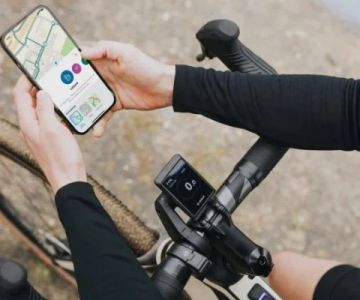
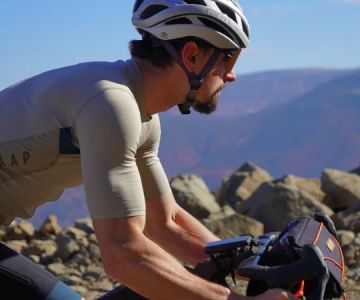


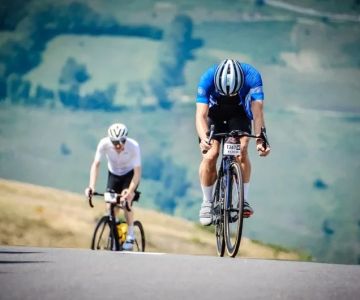
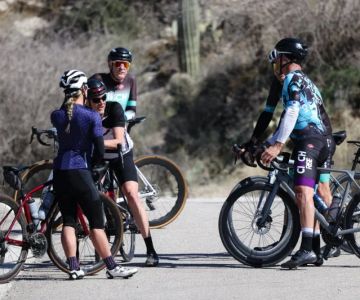
 Billet BMX5.0 (2 reviews)
Billet BMX5.0 (2 reviews)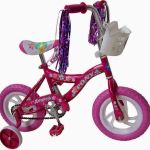 Far East Children Bicycle Factory1.0 (1 reviews)
Far East Children Bicycle Factory1.0 (1 reviews) Archer Motorsports, Inc.4.0 (8 reviews)
Archer Motorsports, Inc.4.0 (8 reviews) YEP Bike Works4.0 (55 reviews)
YEP Bike Works4.0 (55 reviews) Gorham Bike & Ski4.0 (498 reviews)
Gorham Bike & Ski4.0 (498 reviews) Alchemy Bikes4.0 (37 reviews)
Alchemy Bikes4.0 (37 reviews) How to Teach Kids to Ride a Bike: A Step-by-Step Guide for Parents
How to Teach Kids to Ride a Bike: A Step-by-Step Guide for Parents Tips for Riding on Busy City Streets: Smart Strategies for Urban Cyclists
Tips for Riding on Busy City Streets: Smart Strategies for Urban Cyclists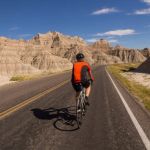 Best US National Parks for Mountain Biking: Ride Epic Trails Across America
Best US National Parks for Mountain Biking: Ride Epic Trails Across America Best Aero Helmets for Time Trials and Racing
Best Aero Helmets for Time Trials and Racing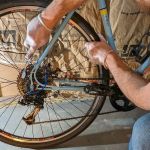 How to Clean and Lubricate Your Bike Chain Like a Pro
How to Clean and Lubricate Your Bike Chain Like a Pro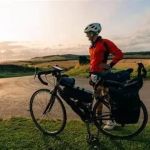 10 Must-Have Items for Long-Distance Cycling Trips
10 Must-Have Items for Long-Distance Cycling Trips